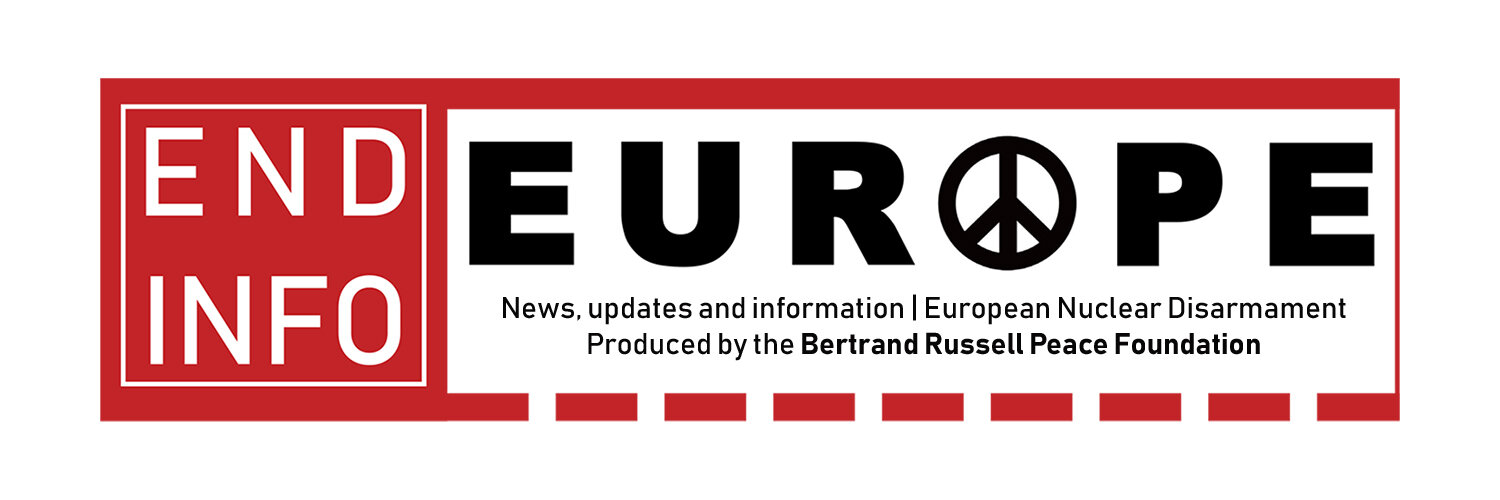NATO and the TPNW
A recent report from Chatham House titled ‘NATO and the Treaty on the Prohibition of Nuclear Weapons’ has been released which warns NATO allies that “the TPNW is here to stay” and that “a focus on opposing the TPNW may obscure NATO’s broader long-standing commitment to global nuclear disarmament”
From END Info 22 | February 2021. Download here
There’s quite a bit to unpick from these two statements but it is most likely unnecessary to spend too much time pointing out the severe problem with suggesting that NATO is committed to global nuclear disarmament. More interesting is the fact that the TPNW has been recognised as a problem for NATO and the suggestion that it should stop publicly opposing it for fear of exposing itself.
The report rehearses NATO’s public objections to the TPNW which amount to: claims that it undermines the NPT; TPNW’s obvious “incompatibility with existing NATO commitments”; “work with partner counties” and the spectre of “potential secondary effects on NATO”.
These concerns are reflected not only in the repeated efforts of NATO member states, headed by the US, to pressure non-nuclear states against signing, ratifying or otherwise engaging with the TPNW but in the rather ‘undiplomatic’ refusal of the vast majority of NATO member states to engage in any way, shape or form with the multilateral processes that have taken the Treaty to this point.
The report concludes that “Now that NATO has made its position on the TPNW clear, it is important not to overemphasize the issue in its overall messaging on support for disarmament. On NATO’s side, more nuance would be helpful as the Alliance seeks to maintain a modern deterrence posture and demonstrate tangible support for nuclear disarmament.”
There is clearly a gaping hole in the logic of this statement, unless you appreciate that what NATO means by ‘nuclear disarmament’ is that ‘everyone else should disarm apart from us.’ Such an argument can only confirm what the peace movements have long argued: NATO is a ‘Nuclear Armed Alliance’ and will continue to be one for as long as the nuclear powers maintain their aggressive military posture.

